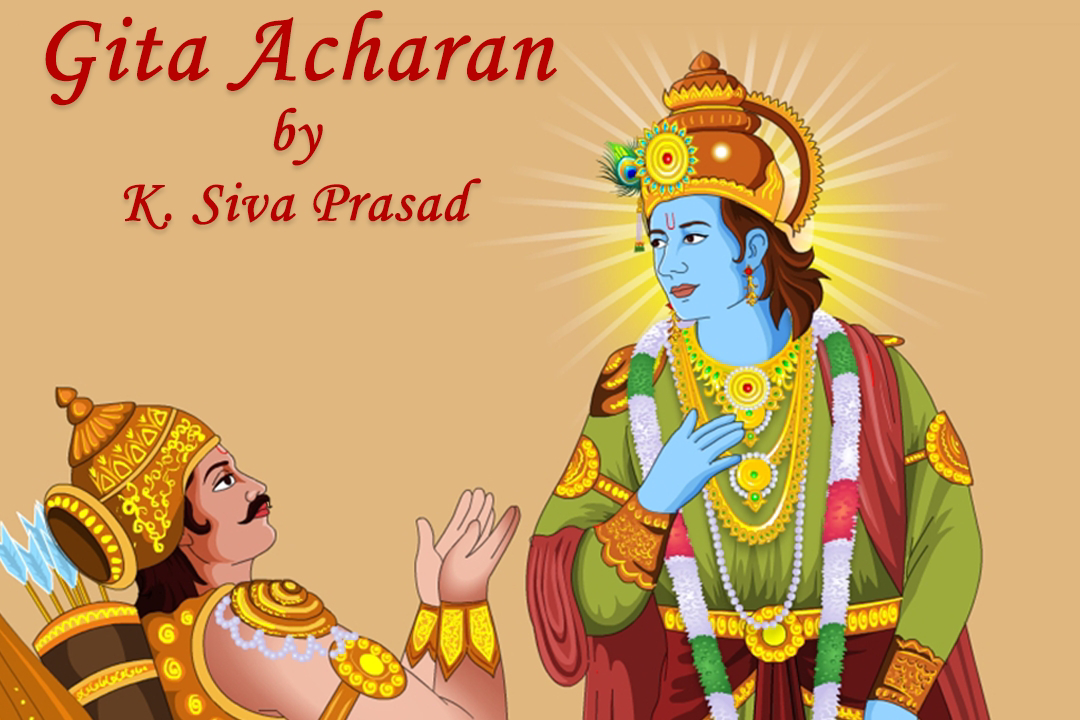44. Balanced Decision Making

We all make several decisions for ourselves, our family and society based on a variety of factors. Krishna exhorts us to take this decision making to the next level when he says (2.50) ‘ Yogah Karmasu Kaushalam ’ (every action/deed is harmonious in yoga -of equanimity). It’s about dropping kartapan (doership) and ahankaar to experience the harmony that flows out, like the beauty and fragrance of a flower. As the karta , all our decisions are directed towards attaining pleasure and avoiding pain for ourselves and our families. The next level of the journey is making balanced decisions, especially when we are responsible for organizations and society, however, the karta still exists. Here, Krishna is speaking about the ultimate level where kartapan itself is dropped and whatever flows out of such a person is harmonious. The all-pervading Chaitanaya becomes the karta for them. This stage is an important part of the journey for all decision makers, motivating the Indian


